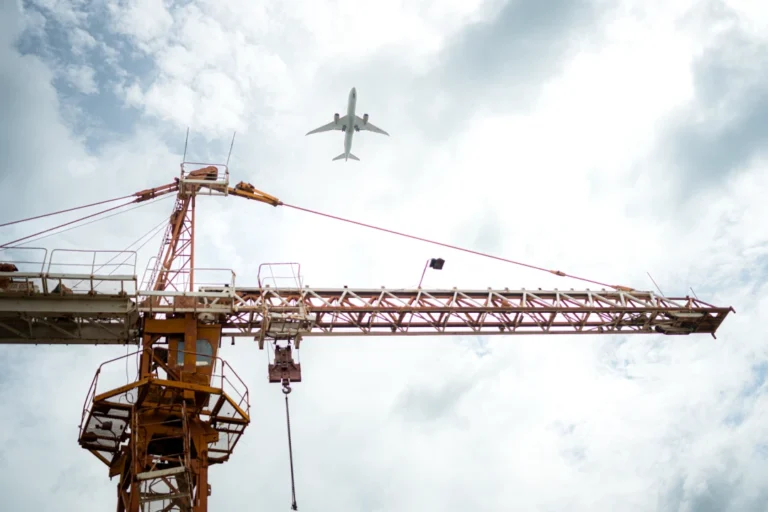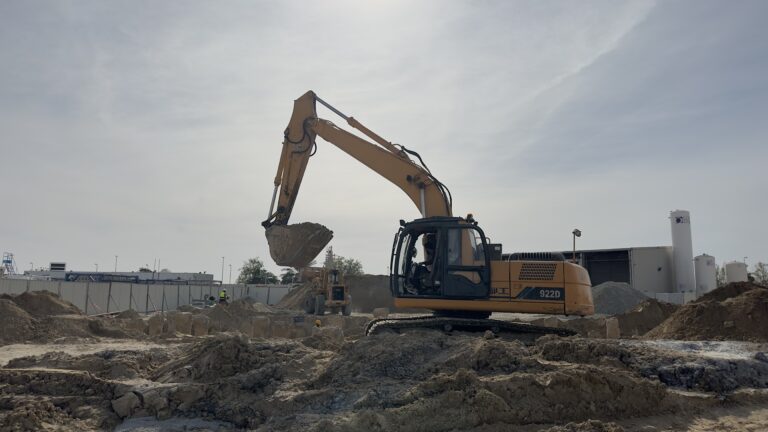Introduction:
In the dynamic landscape of the construction industry, adaptation to change is essential for navigating challenges and maintaining competitiveness. As new technologies, regulations, and market trends emerge, construction companies must evolve their practices and strategies to address evolving demands and seize opportunities. Here, we explore the importance of adapting to change and navigating challenges in the ever-evolving construction industry.
Embracing Innovation:
Addressing Regulatory Changes:
Regulatory changes can significantly impact construction projects, affecting permitting, zoning, environmental compliance, and safety standards. Staying informed about regulatory updates and adapting processes to meet new requirements is essential for avoiding delays, penalties, and legal issues.
Meeting Sustainability Demands:
Sustainability considerations are increasingly shaping construction practices, driven by environmental concerns and regulatory mandates. Companies must adapt by incorporating green building practices, renewable energy solutions, and sustainable materials into their projects. Meeting sustainability demands not only aligns with societal expectations but also enhances brand reputation and attracts environmentally conscious clients.
Managing Supply Chain Disruptions:
Supply chain disruptions, such as material shortages, transportation delays, and price fluctuations, pose significant challenges for construction projects. Companies need to adapt by diversifying suppliers, securing backup sources, and implementing agile procurement strategies to mitigate risks and maintain project timelines.
Addressing Skilled Labor Shortages:
Skilled labor shortages are a persistent challenge in the construction industry, exacerbated by demographic shifts and changing workforce dynamics. To adapt, companies can invest in workforce development programs, apprenticeships, and training initiatives to attract and retain talent. Embracing technology and modular construction methods can also help alleviate the reliance on traditional labor-intensive processes.
Emphasizing Safety Protocols:
Safety remains a top priority in construction, especially amidst evolving workplace hazards and health concerns. Companies must adapt by implementing robust safety protocols, providing comprehensive training, and leveraging technology for remote monitoring and safety compliance. Prioritizing worker well-being not only reduces accidents and injuries but also enhances productivity and morale.
Leveraging Data and Analytics:
Data-driven decision-making is becoming increasingly important in construction project management. By leveraging data and analytics, companies can gain insights into project performance, identify areas for improvement, and make informed decisions to optimize processes and outcomes. Implementing digital project management platforms and performance tracking systems facilitates real-time monitoring and analysis.
Enhancing Collaboration and Communication:
Effective collaboration and communication are essential for navigating challenges and driving project success. Companies must adapt by fostering open communication channels, facilitating collaboration among project stakeholders, and leveraging digital tools for remote collaboration. Clear communication fosters transparency, reduces misunderstandings, and promotes alignment towards project goals.
Conclusion
In conclusion, the construction industry’s ever-evolving nature presents both challenges and opportunities for companies. By embracing change, adopting innovative practices, and effectively navigating challenges, construction companies can position themselves for long-term success in a dynamic and competitive environment. Adaptation is not just a response to change; it is a proactive strategy for growth, resilience, and innovation in the construction industry.





